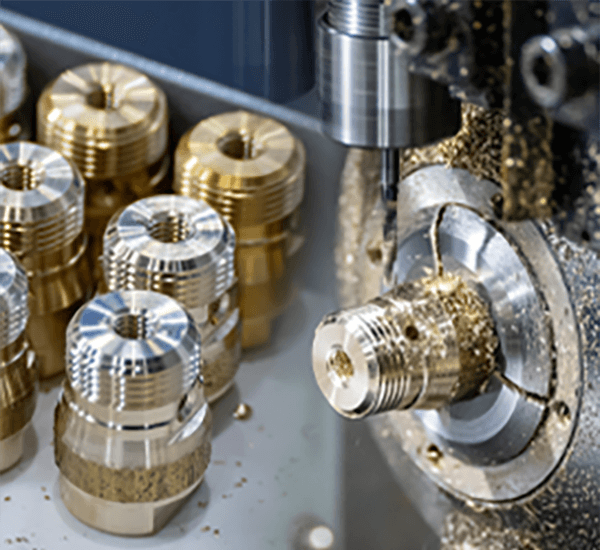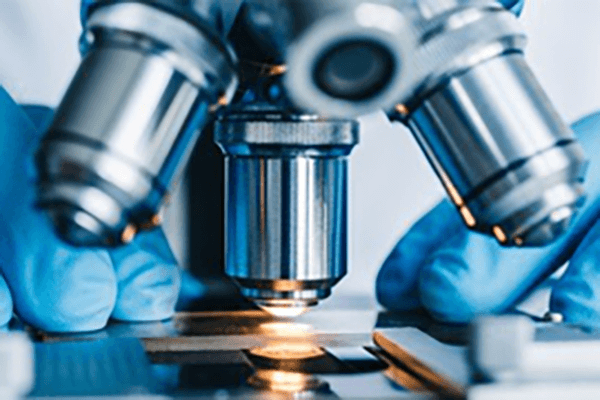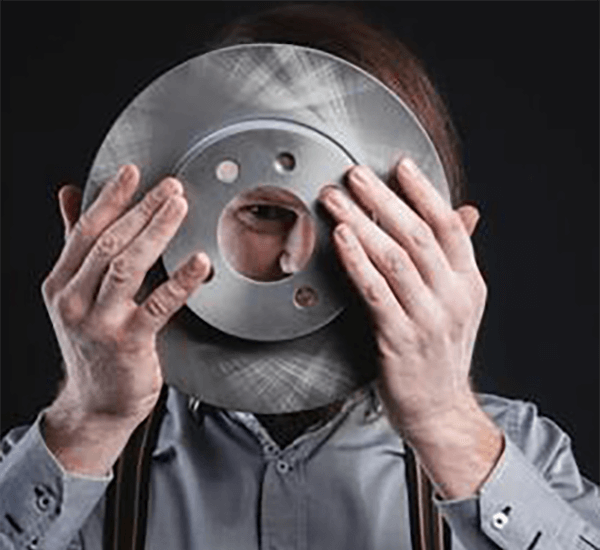
Meeting defined surface quality on a CNC-produced component is highly significant.
- Design documents set out definitive finishing requirements for parts
- These callouts often use terms like "Ra," which stands for arithmetic mean deviation to quantify the surface roughness
- Grasping callout meaning is essential to make parts conform to design intent
- Clear finish specification affects lubrication behavior, sliding resistance, and lifespan
- Correctly reading the finish notation is necessary to attain the intended result
Understanding Precision Engineering in CNC Machining

Numerical control machining stands as an advanced production approach via numerical control software the system carves sophisticated geometries with precision.
- Computer-driven machining creates reliable parts from assorted materials
- Machine flexibility renders it suitable for medical device and electronics manufacturing
- Numerical control systems guarantee repeatable accuracy between batches
From initial prototype stages to mass-manufacture CNC machining supports modern production workflows
Understanding CNC Machine Specifications
Understanding equipment specifications can look intimidating initially
In contrast, measured learning and order help you traverse technical specifications
Start with locating core parameters: spindle rpm, feed, accuracy, work envelope, controller
Every listed attribute influences the equipment’s operational capacity.
In practice greater spindle speed often suits ductile substrates whereas higher feed supports productivity.
Understanding these relationships will allow you to select the right CNC machine to match your specific requirements
Always examine producer technical literature in detail.
Maker resources usually present informative direction and demystify jargon
Understanding CNC Machines: A Complete Overview
Programmed machining equipment comprises computer-managed tools for exact automated fabrication of diverse materials They function by reading numerical G-code commands that drive cutting heads and actuators.
- Representative CNC types cover milling tools, turning machines, routers, plasma cutters
- Production processes accommodate metal alloys, plastics, woods, and composite materials
- Besides that CNC systems permit speedy prototyping and short production runs for businesses and research groups
Overview of CNC Machine Fundamentals
They demonstrate convergence of tight hardware tolerances and refined software control Automated tools implement code to produce elementary parts and sophisticated assemblies The central concept is rendering digital designs as physical parts.
- Computer Numerical Control machining
- Code-driven production workflow
It follows systematic positional moves controlled by code Skilled staff determine cutting conditions, observe operations, and verify finished part quality.
Surface Finish Considerations for CNC
Realizing specified surface quality in machining is vital It significantly alters operational behavior and appearance Material characteristics, tool parameters, and finishing techniques affect texture.
Smoother surfaces elevate durability while coarser textures may impair utility Machine-controlled fabrication offers many methods and cutters to achieve set surface qualities.
- Including selection of alternative tool profiles |carbide alloys|RPM and feed adjustments to craft finish
- Moreover post-machining steps like polishing or sanding improve surface quality
Recognizing how feeds, speeds, and tool geometry interact yields optimal finishes.
An Introduction to CNC Machine Operation
CNC machining is a precise method of manufacturing that employs computer-controlled machinery to shape parts from various materials They interpret digital toolpaths to carve detailed designs reliably Awareness of G-code, tooling, and machine operation aids successful production
CNC applications stretch across aerospace, automotive, medical device, and electronics industries From precision engine parts to detailed injection molds, CNC delivers complex products
Surface Finish Standards for CNC Machining
Appropriate surface specification is essential during CNC part production It ensures part compliance with operational and appearance standards Callouts commonly use the roughness average (Ra) system to denote surface finish This numerical value expressed in micrometers inches or millimeters indicates the average height of surface irregularities.
Take into account target smoothness and how the part will be used when calling out finish

Often a polished surface is selected when precise tolerance and fit are required
More pronounced surface profiles help applications relying on friction or traction
Include unambiguous roughness values in drawings to specify finish demands Enter the Ra specification and describe any post-process finishing or treatments.
Note that precise surface specifications contribute directly to production success
Varieties of CNC Machines and Capabilities
CNC machining spans many technologies and machine classes to address different operational needs They use CAD-generated toolpaths to control tooling for exact component production.
- Milling machines are renowned for their ability to remove material from a workpiece shaping it into complex geometries
- Grinders use abrasive wheels to finish and size parts to fine tolerances
- Beam and jet cutting methods enable accurate slicing with differing thermal impacts
Choosing the right CNC depends on production goals material type and required accuracy Specialized CNC abilities fulfill industry requirements across sectors from transport to healthcare.
Reaching Optimal Surface Quality Using CNC
Creating superior finishes is essential and CNC control systems help produce them With deliberate feed-speed-tool strategies professionals steer cutting dynamics to achieve smoother surfaces In addition top-grade tooling and adequate lubrication help generate finer surfaces Through careful selection of cutting strategies and meticulous machine setup CNC machining enables the creation of components with exceptional surface quality for diverse applications.
Programming for Surface Finish in CNC
Skillful CNC programming directly impacts the final surface quality Machining parameter combos such as feed, rpm, and tool geometry set the surface characteristics Precise setting selection and effective coolant control support high-quality finishes.
- Besides that systematic tool upkeep and monitoring ensure sustained surface quality Furthermore regular what does mean cnc tool maintenance and inspection are essential for ensuring a consistent and high-quality surface finish over time Furthermore regular tool maintenance and inspection are essential for ensuring a consistent and high-quality surface finish over time
- In order to refine finish consider material, target roughness, and end-use needs
- Using CAM simulation lets you preview and tweak toolpaths to lower defect risk
- Additionally routine tool checks and upkeep maintain consistent finish quality
